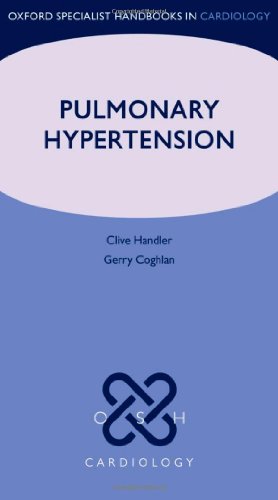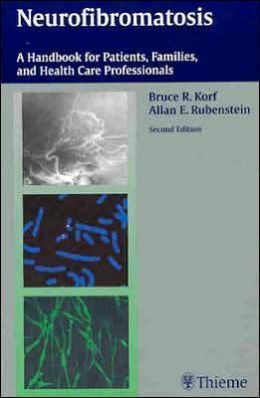-67%
Pulmonary Hypertension: A Comprehensive Guide for Clinicians
Pulmonary hypertension, a condition characterized by abnormally high pressure in the lungs, is a multifaceted disease with varied causes and manifestations. Understanding the different types ofpulmonary hypertension and their etiologies is paramount for effective diagnosis and management.
Primary Pulmonary Hypertension (PAH)
PAH, a rare yet complex disorder, is marked by the proliferation of cells within the lining of lung arteries. This abnormal growth leads to a narrowing of the arteries, resulting in increased pressure in the pulmonary circulation. PAH is often associated with various medical conditions, including:
- Connective tissue disorders: Conditions such as systemic lupus erythematosus and scleroderma can trigger PAH.
- Genetic mutations: Certain genetic defects can predispose individuals to PAH.
- Portal hypertension: Elevated pressure in the veins that drain the liver can lead to PAH.
- HIV infection: The human immunodeficiency virus (HIV) can damage the pulmonary arteries, contributing to PAH.
Secondary Pulmonary Hypertension (PH)
Unlike PAH, secondary PH arises from an underlying condition that affects the left side of the heart or the lungs. Common causes of secondary PH include:
- Chronic lung diseases: Emphysema, chronic bronchitis, and other lung diseases can lead to increased pressure in the pulmonary arteries.
- Pulmonary embolism: Blood clots in the lung arteries can obstruct blood flow, resulting in PH.
- Left-sided heart failure: Conditions that weaken the left ventricle, such as coronary artery disease and cardiomyopathy, can cause blood to back up into the lungs, leading to PH.
- Congenital heart defects: Certain birth defects can obstruct blood flow in the lungs, causing PH.
Clinical Presentation and Diagnosis
The symptoms of pulmonary hypertension can be subtle and may initially go unnoticed. Common signs include:
- Shortness of breath, especially with exertion
- Fatigue
- Chest pain
- Dizziness or fainting
- Swelling in the legs, ankles, and abdomen
Diagnosis of pulmonary hypertension involves a comprehensive assessment that includes:
- Physical exam: Auscultation of the heart and lungs can detect abnormal sounds associated with PH.
- Echocardiogram: Ultrasound imaging of the heart can provide information about the size and function of the heart chambers and valves.
- Right heart catheterization: This procedure measures pressure in the right heart and pulmonary arteries, confirming the diagnosis of PH.
- Lung function tests: These tests assess how well the lungs are functioning.
- Blood tests: Blood tests can detect specific markers associated with PAH and rule out other conditions.
Treatment and Management
The treatment of pulmonary hypertension depends on the underlying cause and severity of the condition. Medications commonly used to treat PH include:
- Vasodilators: These drugs widen the blood vessels, reducing pressure in the pulmonary arteries.
- Diuretics: These medications help remove excess fluid from the body, reducing strain on the heart.
- Anticoagulants: Blood thinners are used to prevent or treat blood clots in the lung arteries.
- Oxygen therapy: Supplemental oxygen can improve blood oxygen levels and reduce the workload on the heart.
In severe cases, surgical interventions may be necessary, such as:
- Lung transplant: Replacement of the damaged lungs with healthy ones.
- Pulmonary artery angioplasty: Opening up narrowed arteries in the lungs using a balloon or stent.
- Septal defect closure: Repairing a hole in the atrial septum, which can reduce pressure in the pulmonary arteries.
Long-term management of pulmonary hypertension involves regular follow-up, monitoring of symptoms, and medication adjustments as needed. Multidisciplinary management is essential, involving collaboration between cardiologists, respiratory physicians, rheumatologists, and other specialists to address the patient’s multifaceted needs.
New Classifications and Advancements
In recent years, new classifications for both PH and PAH have been developed, providing a more refined understanding of these conditions. Additionally, the advent of new drugs has significantly improved treatment options for patients with pulmonary hypertension.










Reviews
Clear filtersThere are no reviews yet.